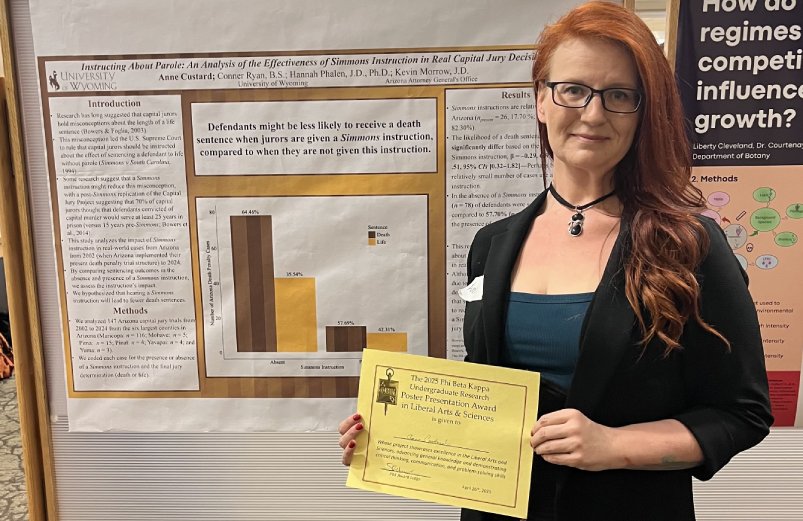Gregory Barr, B.A. Music, English “Fantasy, Communal Storytelling, and Regeneration in Dungeons and Dragons”
Dungeons and Dragons (D&D) is a Tabletop Role Playing Game that has risen to relative fame in recent years. This phenomenon has arrived at a unique time in American History which coincides with the past of this game. As a fictional storytelling game, D&D participates in many of the tropes associated with the Fantasy Genre in the 1960s and 70s. As argued by J.R.R. Tolkien in On Fairy Stories, fantasy and the stories that utilize these tropes fulfill certain roles within society. These stories tell a culture of its origins and its identity while allowing for the reader to escape into an alternate world for a time. However, on returning to the, "real" world, the reader of the story takes the lessons learned with them. This creates an understanding of how the fantasy story informs the real world and is applicable therein. Because of D&D's use of fantasy tropes, it is able to participate in the same cycle of escape and return. The functions of fantasy are multitudinous, and they transfer over to the gameplay within Dungeons and Dragons. This project examines the connections between D&D and the Fantasy of authors such as Tolkien, C.S. Lewis, and others in a hope to explain how and why D&D is uniquely suited to respond to times of cultural instability. It is the goal of this research to explain how D&D can pave the way to create new and meaningful fantasy stories while simultaneously acknowledging its origins to offer a place of both escape and regeneration for a modern audience.
Anne Custard, Psychology, Criminal Justice Instructing About Parole: An Analysis of the Effectiveness of Simmons Instruction in Real Word Capital Cases
Despite some indication that Simmons instructions can improve juror understanding
of evidence, to our knowledge, no research has examined whether the presence of a
Simmons instruction influences jurors' sentencing decisions. However, research on
other death penalty jury instructions suggests that instructions can influence how
jurors make their decisions. For example, mock jurors are less likely to return a
death sentence in cases with prosecutorial misconduct when they receive a specific
(versus general) instruction (Platania & Small, 2010). Similarly, mock jurors are
less likely to return a death sentence when the defendant is Black and they read simple
(versus standard) jury instructions (Mannes et al., 2018). Other research suggests
that capital jury instructions that specifically address misconceptions about mitigating
factors can significantly improve juror comprehension and correct misunderstandings
(Otto et al., 2007). Therefore, a Simmons instruction could serve to reduce misconceptions
about a capital defendant's parole eligibility and, in turn, reduce the likelihood
of death sentences.
In this research, we will examine the relationship between the presence of a Simmons
instruction and sentencing outcomes in real-world death penalty trials. Because most
Arizona capital jury trials did not include a Simmons instruction until after the
U.S. Supreme Court's decision in Lynch v. Arizona (2016), Arizona, provides a unique
environment to examine the real-world effect of providing a Simmons instruction. At
the conference, we will also present data from an experimental replication of the
real-world data. We hypothesized that capital trials would be less likely to result
in a death sentence if the jury was given a Simmons instruction (versus no Simmons
instruction).



